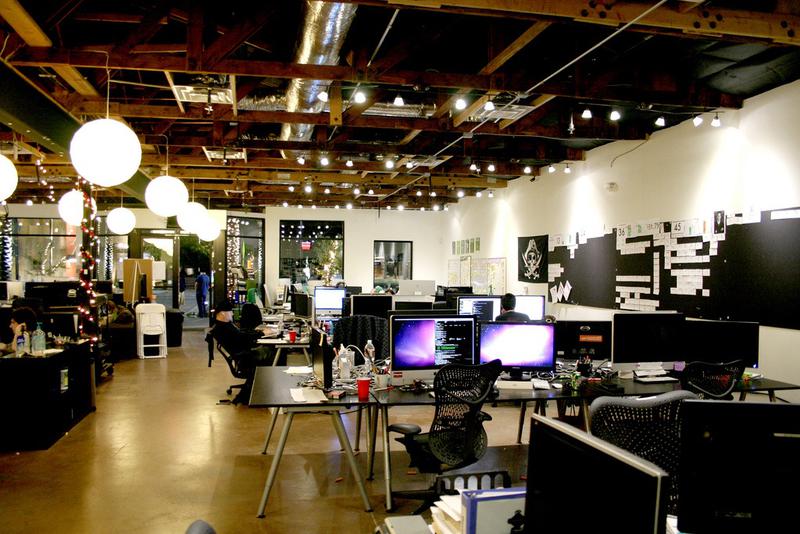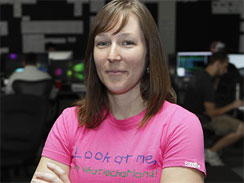Last month, I described how workspaces can collaborate with local government, using Gangplank as a model. It occurred to me that suggesting workspaces contact their local economic development office may be difficult if you’re not sure what they are looking for out of such a space.
To get an idea of what attracts cities to this model, I interviewed Sammi Curless of the City of Avondale’s Economic Development office in Arizona. Sammi is working with Gangplank to build a collaborative workspace in Avondale's downtown.
What originally attracted you to the collaborative workspace model?
Avondale Councilmember Charles Vierhout was the first to mention Gangplank to City staff as an exciting way to organically develop local small businesses, while at the same time engaging the public in science, technology and the chaos of the creative process. The City of Avondale was attracted by Gangplank’s collaborative concept, as compared to a more traditional incubator/coworking location.
What about a collaborative workspace appeals to an economic development office?
The ability to identify creative companies that believe in collaboration as a means to grow, as well as their desire to be actively involved in a community, makes a collaborative workspace a win/win for a community. It is Avondale’s hope that those businesses that utilize the workspace will succeed and grow out into larger spaces in the community.
Additionally, the desire of a collaborative workspace to embed into the community will create contagious loyalty among its member businesses. The hope is this will manifest into a loyalty to Avondale and its success as a good place to have a creative business, as well as raise a family.
From an economic development perspective, what are the advantages of the coworking model?
Avondale believes that Gangplank’s presence and community-based philosophy is an advantage that allows Avondale to set itself apart from other communities. The City of Chandler often highlights their Gangplank location, as well as the Innovations Incubator, as unique assets to companies looking to move into the area.
In addition to spurring more economic development, these workspaces and their members provide a welcome voice in City processes, making it easier for small businesses to succeed and grow in the community.
Does the paid vs free model of workspaces affect your department's desire to work with an organization?
Avondale believes that the collaborative workspace philosophy fits better with our community and those businesses we believe will utilize the space. The advantage of a fee-based structure is there is an opportunity to make a profit and it won’t need our assistance to operate. However, if the goal of the space is to make a profit, it might not be focused on collaboration among its members.
Are there other benefits besides job creation you feel are an important by-product of hosting a collaborative workspace?
Yes! Avondale is excited to have workspace members inject themselves into community issues such as Old Town revitalization efforts, transit opportunities and youth education. Having programming for local youth to explore STEAM (science, technology, engineering, ART, and math) via a hackerspace is a very exciting by-product opportunity of hosting such a space.









